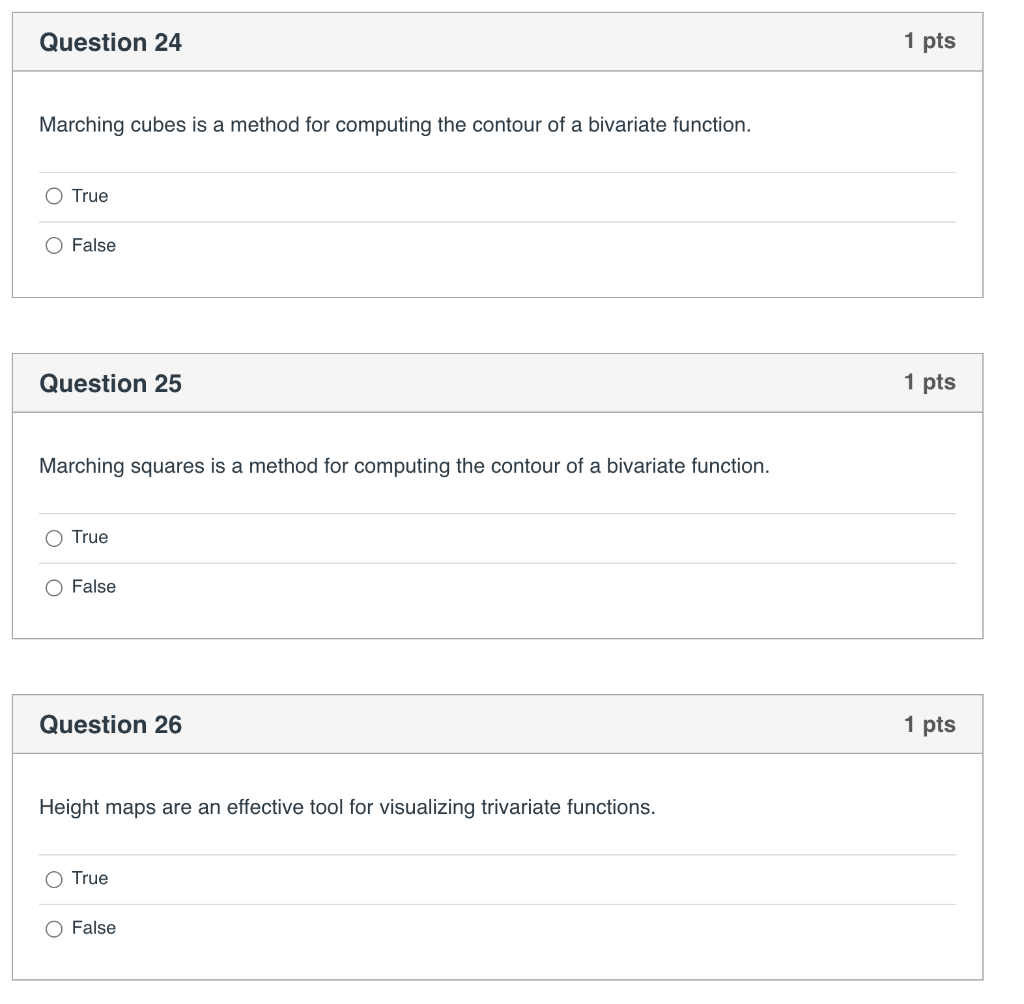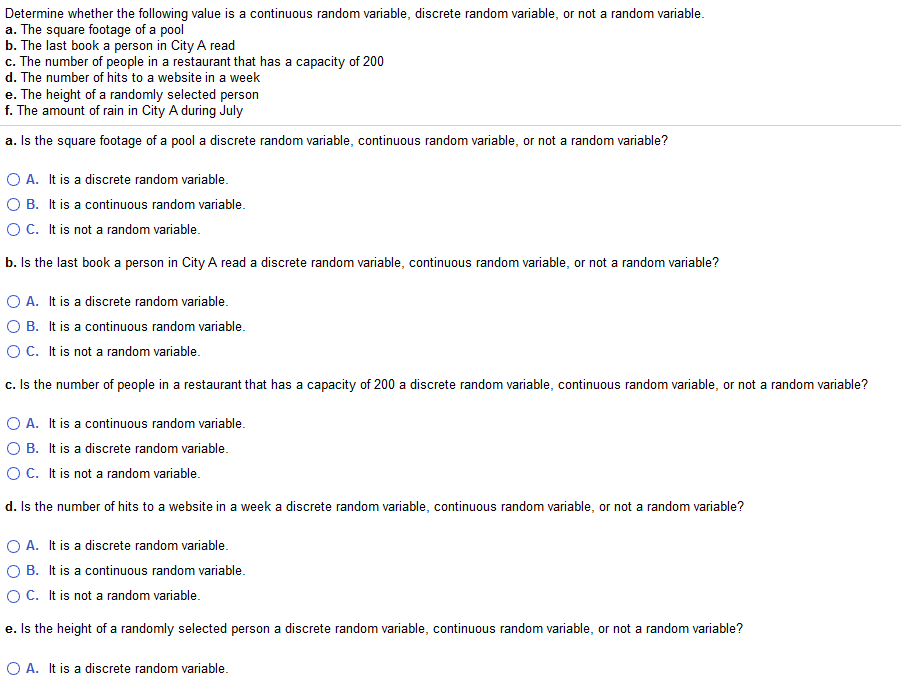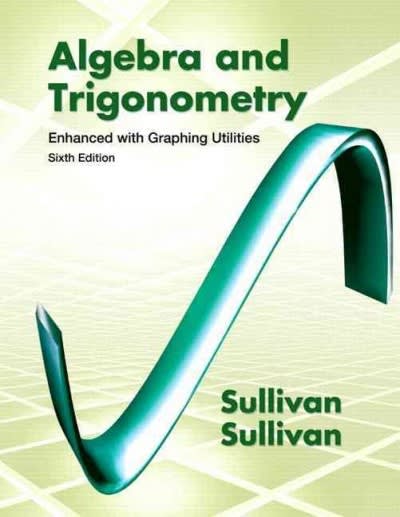Question:
To test whether the mean time needed to mix a batch of material is the same for machines produced by three manufacturers, the Jacobs Chemical Company obtained the following data on the time (in minutes) needed to mix the material.
Manufacturer
1 2 3
16 29 25
22 27 24
20 32 28
18 28 27
a. Use these data to test whether the population mean times for mixing a batch of material differ for the three manufacturers. Use .
Compute the values below (to decimals, if necessary).
Sum of Squares, Treatment Sum of Squares, Error Mean Squares, Treatment Mean Squares, Error Calculate the value of the test statistic (to decimals).
The -value is
What is your conclusion?
b. At the level of significance, use Fisher's LSD procedure to test for the equality of the means for manufacturers and .
Calculate Fisher's LSD Value (to decimals).
What conclusion can you draw after carrying out this test?
Properties of Quadrilateral Diagonals Congruent Diagonals Intersection of Name of Diagonals Bisected Diagonals Quadrilateral Yes No Both One Neither. Perpendicular NotConsider a bivariate normal population with #1 = 0, /2 = 2, 011 = 2, 022 = 1, and P12 = 0.5. (a) Write out the bivariate normal density. (b) Write out the squared generalized distance expression (x - pi)'E-1(x - ji) as a function of x, and x2. (c) Determine and sketch the constant-density contour that contains 50% of the probability.Question 24 1 pts Marching cubes is a method for computing the contour of a bivariate function. O True O False Question 25 1 pts Marching squares is a method for computing the contour of a bivariate function. O True O False Question 26 1 pts Height maps are an effective tool for visualizing trivariate functions. O True O FalseDetermine whether the following value is a continuous random variable, discrete random variable, or not a random variable. a. The square footage of a pool b. The last book a person in City A read c. The number of people in a restaurant that has a capacity of 200 d. The number of hits to a website in a week e. The height of a randomly selected person f. The amount of rain in City A during July a. Is the square footage of a pool a discrete random variable, continuous random variable, or not a random variable? O A. It is a discrete random variable. O B. It is a continuous random variable. O C. It is not a random variable. b. Is the last book a person in City A read a discrete random variable, continuous random variable, or not a random variable? O A. It is a discrete random variable. O B. It is a continuous random variable. O C. It is not a random variable. c. Is the number of people in a restaurant that has a capacity of 200 a discrete random variable, continuous random variable, or not a random variable? O A. It is a continuous random variable. O B. It is a discrete random variable. O C. It is not a random variable. d. Is the number of hits to a website in a week a discrete random variable, continuous random variable, or not a random variable? O A. It is a discrete random variable. O B. It is a continuous random variable. O C. It is not a random variable. e. Is the height of a randomly selected person a discrete random variable, continuous random variable, or not a random variable? O A. It is a discrete random variable










